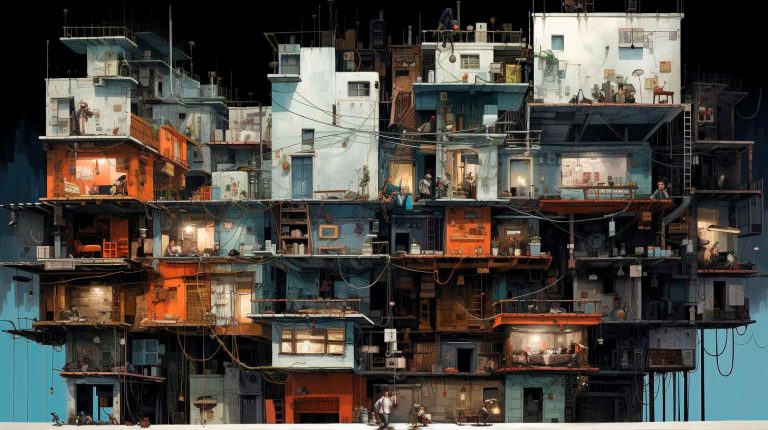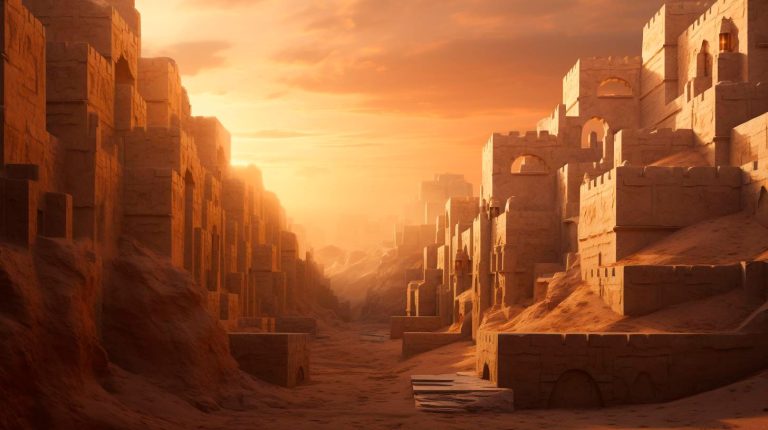The Magic of Macro Photography
Macro photography allows us to explore the magical world hidden within the smallest of things. From the delicate petals of a flower to the intricate patterns on a butterfly’s wings, macro photography reveals a level of detail that can astonish the viewer. However, capturing these mesmerizing close-ups is only half the battle. The real magic happens during post-processing when you take your raw macro images and turn them into breathtaking works of art.
The Basics of Macro Photo Editing
Before diving into the specific techniques, it’s important to have a basic understanding of macro photo editing. This process involves adjusting various aspects of your image to enhance its visual appeal. The goal is to accentuate details, correct imperfections, and make the subject truly stand out.
- White Balance: Adjust the white balance to ensure accurate color representation in your macro photos.
- Contrast: Enhance the contrast to make the subject pop and create a more dynamic image.
- Sharpening: Use selective sharpening techniques to bring out the fine details in your macro shots.
- Noise Reduction: Macro photos often suffer from noise due to the close-up nature of the subject. Apply noise reduction to achieve a cleaner and more polished final result.
- Saturation and Vibrance: Adjust the saturation and vibrance levels to enhance the colors in your macro images, making them more visually appealing.
Advanced Techniques for Macro Photo Editing
Now that we understand the basics, let’s explore some advanced techniques that will elevate your macro photo editing skills to the next level:
Focus Stacking
In macro photography, achieving perfect focus throughout the entire subject can be challenging due to the shallow depth of field. Focus stacking is a technique that overcomes this limitation by combining multiple images taken at different focus points. This process results in a final image with exceptional depth and sharpness. To incorporate focus stacking into your macro photo editing workflow, follow these steps:
- Capture a series of images focusing on different areas of the subject.
- Import the images into specialized focus stacking software.
- Align the images and let the software blend them together, creating a single composite image with all areas in focus.
- Perform final adjustments and enhancements using your preferred editing software.
The result is a macro image that displays incredible details from front to back, leaving your viewers in awe.
Texture Enhancement
The textures present in macro photography can add depth and visual interest to your images. Whether it’s the rugged bark of a tree or the intricate patterns on an insect’s body, enhancing these textures can truly make your macro shots come alive. To enhance textures during your photo editing process:
- Apply subtle adjustments to the clarity and structure sliders to bring out the fine details.
- Use the dodge and burn tools selectively to enhance texture and create depth.
- Experiment with different blending modes to achieve the desired effect.
Mastering texture enhancement will allow you to turn your macro images into tactile visual experiences.
Key Takeaways for Macro Photo Editing
As we wrap up this journey into macro photo editing, let’s recap the key takeaways:
- Macro photography unveils breathtaking details that often go unnoticed.
- Master the basics of adjusting white balance, contrast, saturation, and sharpening.
- Utilize advanced techniques like focus stacking for exceptional depth of field.
- Enhance textures to add depth and visual interest.
By incorporating these techniques into your macro photo editing workflow, you’ll be able to create stunning images that captivate and inspire. Remember, macro photography is all about spotlighting the details, so immerse yourself in this magical world and let your creativity thrive!














+ There are no comments
Add yours